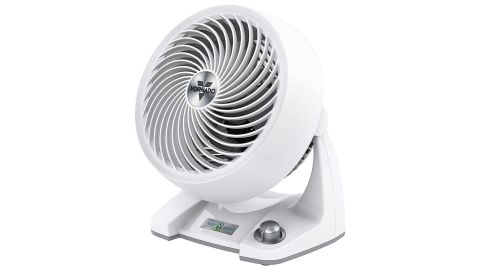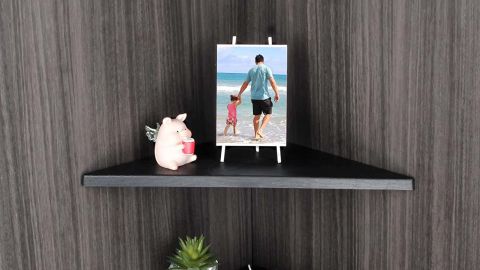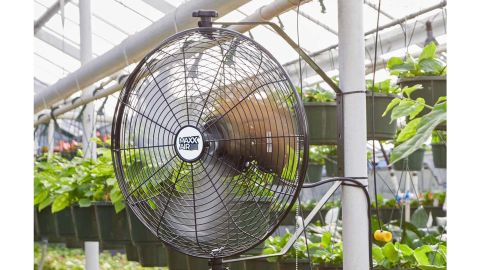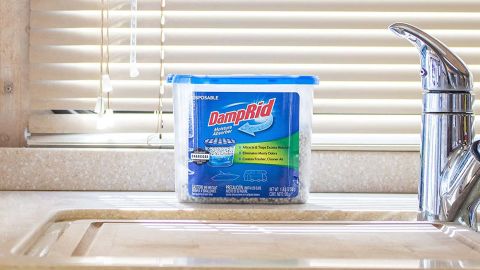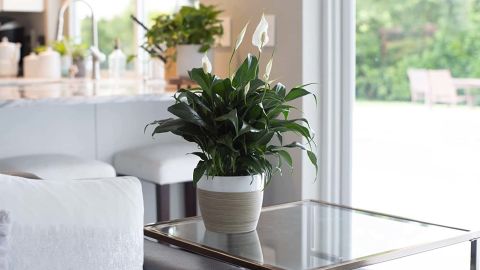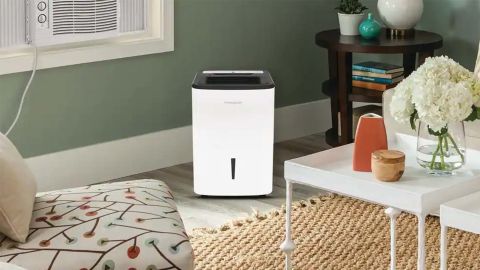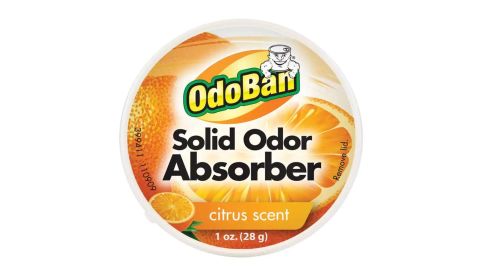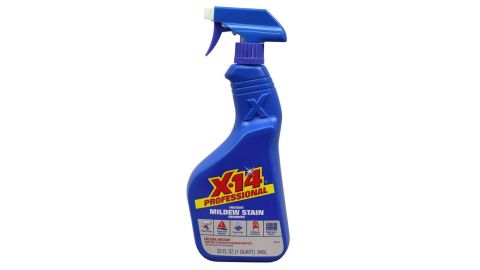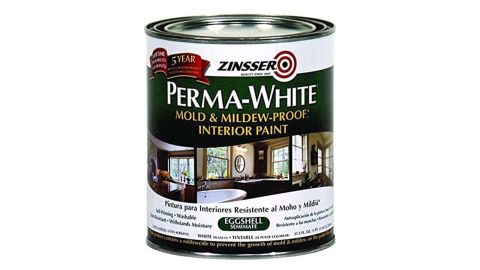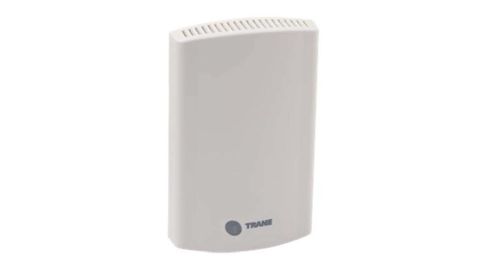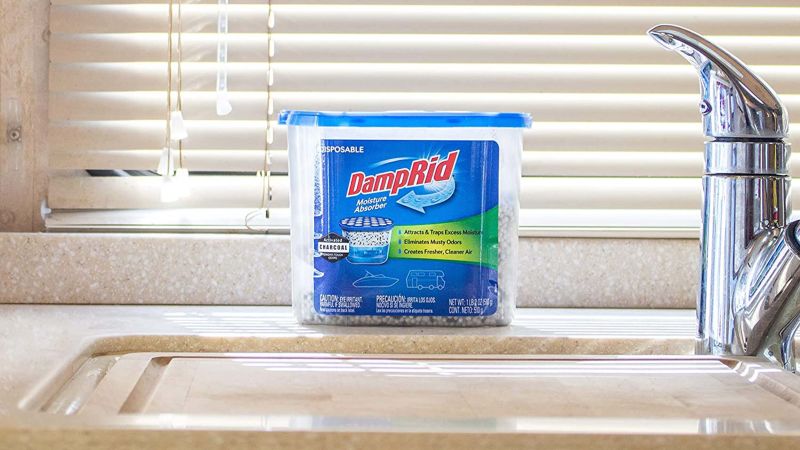
Living with a poorly ventilated bathroom can be a miserable experience. “Poor bathroom ventilation can create the ideal conditions for biological growth on tile grout, drywall and wood,” Traci Fournier, the vice president of operations at One Hour Heating & Air Conditioning, says. “These same conditions can also lead to foul odors as the high moisture damages walls, floors and ceilings. Poor air ventilation in bathrooms can also put a greater load on your air conditioning system.” In addition to the prevalence of allergens, irritants and potentially toxic substances, a poorly ventilated bathroom can also cause peeling paint and/or wallpaper, water stains on fabric, condensation on windows or slippery floors.
Broken or non-existent exhaust fans and a lack of functional windows are the cause of most major ventilation issues, so Fournier recommends focusing on those areas to improve airflow in the bathroom. “Ventilation can be as simple as opening a window or running the exhaust fan when you shower to keep air moving throughout the room.”
Ahead, with the help of HVAC experts, we’ve rounded up 14 products that solve the problems associated with a poorly ventilated bathroom.
“There are a couple things that could be limiting ventilation in a bathroom,” says Darcy Lee, a senior product manager at Trane Residential. “One of the biggest culprits is not turning on the fan during showering or, in much older homes, not having a fan at all.” Running the shower or tub increases the humidity in the bathroom. Without a fan to move the air, Lee explains, the humidity sits in the room and spreads to surrounding rooms. “So turn on the fan a couple minutes before the shower, and leave it on after the shower to continue to let it pull the moist air out of the bathroom.”
Try the Vornado Energy Smart Circulator Fan, which was our the pick for best floor fan in our review of best cooling fans.
Pairing a fan with a small footprint with a wall-mounted corner shelf is a smart way to create a place for a fan in bathrooms with limited space and poor airflow. Look for what’s called a “floor fan” — which can be placed on a shelf, counter or table — like the Vornado Energy Smart Circulator Fan above.
Small wall-mount fans are another way to bring air circulation to a small bathroom without a lot of room for larger fans that require floor or counter space.
If drywall damage isn’t a concern, full-sized wall-mounted fans are one of the best options for adding circulation to a bathroom without having to take on a major renovation. When picking a fan, Lee reminds us that size does matter. “Sometimes the fan isn’t sized large enough to get the number of air changes in the bathroom to eliminate the moisture.”
DampRid is a desiccant: It absorbs water from the air, helping to regulate humidity and moisture levels. Bathrooms that are prone to dampness because of environmental or design factors can be unpleasant, for one thing, and difficult to keep clean for another, as high moisture levels will encourage bacterial growth and contribute to lingering odors. DampRid addresses that problem, helping to keep moisture-borne odors like mold and mildew at bay.
Certain houseplants have desiccant properties, meaning that they absorb moisture from the air. “Add indoor plants to decrease indoor humidity and make your home feel inviting,” Lee says. “A peace lily can absorb humidity and toxins through its leaves. Peace lilies only need indirect sunlight to grow, making them ideal houseplants.”
“If you’re looking for a plant that can be hung,” Lee says, “English ivy might be the perfect fit. When they’re hung up high, they absorb the humidity rising in the air, and you don’t have to worry about knocking them over.”
“If you believe the humidity issue is short-term,” Lee says, “you may want to consider a stand-alone dehumidifier. Keep in mind these take up bathroom space and you will either need to empty the water container regularly or find a drain line.” Frigidaire’s dehumidifier was the top pick in our review of dehumidifiers. And don’t forget to regularly clean and maintain the dehumidifier.
Excess moisture breeds mold, mildew and Serratia marcescens, the pinkish-orangish bacteria commonly found around bathroom drains and on grout lines. Keeping the shower dry by using a squeegee to wick water off the walls after bathing will help to keep those bacteria at bay.
Sometimes the problem with a poorly ventilated bathroom is simply one of odors. Canister-style odor absorbers are the “set it and forget it” of the odor-eliminating world, and they’re a great choice for keeping smells at bay in spaces like the bathroom or the kitchen, because you can set them out and let them do the work for you, without requiring action on your part.
X-14 is a mildew eliminator and an excellent cleaning agent for removing bacterial growth from grout, tile, vinyl or plastic surfaces in the bathroom. However, it is a heavy-duty cleaning product, so when using it, you must wear protective household gloves and ensure the area you’re working in is well-ventilated; donning a mask while spraying X-14 is also recommended.
Another way to control moisture-related bacterial growth in a bathroom is with paint choices. “If you’re in the process of redesigning or redecorating your bathroom,” Lee says, “consider using mildew-resistant paint and primer. Even if you only use this paint for the lower parts of the walls, it can cover old mildew stains and prevent new spots from developing.”
Homeowners considering renovations to address poor ventilation should first take measure of the problem. “If you believe the issue is more of a longer-term concern,” Lee says, “first you will want to measure the humidity in the bathroom. You could add a standalone humidity sensor or use a sensor that ties directly into your HVAC system.”

